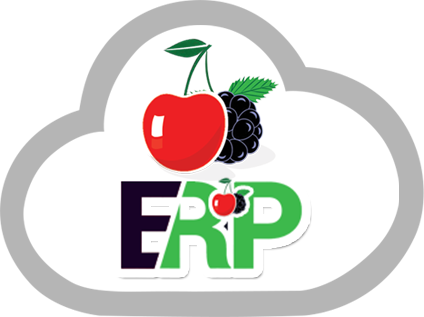
Benefits and Emerging Trends in Enterprise Asset Management
Enterprise Asset Management (EAM) is a combination of software that includes the procedures, frameworks, and tactics businesses use to effectively manage their physical assets. These resources could include facilities, machinery, intellectual property, infrastructure, and human resources. Furthermore, The main objectives of Enterprise Asset Management (EAM) are to maximize return on investment (ROI), minimize downtime, extend asset lifespan, and optimize asset utilization while guaranteeing regulatory compliance.
This article explores the complexities of Enterprise Asset Management (EAM), its advantages, strategies for implementation, and new trends that are changing the game.
Steps For Implementing Enterprise Asset Management :
An organized strategy comprising the subsequent actions is necessary for the effective deployment of EAM.
Evaluating Current Practices and Needs:
However, To pinpoint areas for development and ascertain particular organizational requirements, undertake a thorough evaluation of the systems, procedures, and difficulties associated with current asset management.
How to Choose an EAM Solution:
Moreover, Based on features, scalability, integration potential, usability, and affordability, compare different Enterprise Asset Management software providers and solutions. Select a solution that fits the goals of your company and your financial constraints.
Integration and Migration of Data:
Assure smooth integration of EAM software with current enterprise systems, including CMMS, ERP, and IoT platforms, to promote interoperability and data sharing.
Training and Change Management:
To familiarise staff members of all levels with the new EAM system and encourage adoption, offer thorough training as well as support. Use different types of management techniques and put them into practice to get past opposition and promote a continuous improvement mentality.
Constant Improvement and Optimisation:
Additionally, Track user input, identify areas for improvement, and keep an eye on EAM performance metrics. Then, Update and modify EAM systems and processes frequently to keep up with changing business requirements and technological developments.
Benefits of Asset Management:
Enhanced Operational Efficiency:
By simplifying maintenance procedures and resource allocation, the Enterprise Asset Management System maximizes asset utilization, lowers downtime, and boosts productivity.
Cost Reduction:
Undoubtedly, EAM helps minimize repair costs, extend asset lifespan, and cut down on needless spending on spare parts and supplies by implementing proactive maintenance strategies and optimizing inventory levels.
Improved Decision-Making:
Decision-makers are better equipped to decide on asset investments, maintenance priorities, and resource allocation when they have access to real-time asset data and performance metrics.
Regulatory Compliance:
Furthermore, By guaranteeing adherence to industry rules, safety specifications, and environmental laws, EAM systems lower the possibility of fines, penalties, and legal ramifications.
Enhanced Safety and Risk Management:
Now, EAM reduces the risks of asset failures, accidents, and operational disruptions by identifying possible safety hazards and maintenance gaps. This improves workplace safety and continuity.
New Developments in Enterprise Asset Management:
Artificial Intelligence (AI) and Predictive Analytics:
In addition, Enterprise Asset Management systems are using AI and predictive analytics algorithms more and more to forecast equipment failures, optimize maintenance schedules, and identify performance trends. This allows for proactive decision-making and cost savings.
Mobile and Cloud Solutions:
Because of their scalability, flexibility, and accessibility, cloud-based platforms and mobile EAM applications are becoming more and more popular. These solutions facilitate field service operations, remote asset management, and teamwork among dispersed teams.
Digital Twin Technology:
Before making changes in the real world, organizations can use digital twin technology to simulate scenarios, perform predictive analysis, and optimize asset performance in a virtual environment. Digital twin technology makes virtual replicas of physical assets.
Conclusion:
Thus, In a time of swift technological progress and evolving market conditions, Enterprise Asset Management (EAM) is crucial for businesses seeking to boost productivity, reduce risk, and foster long-term expansion. In an increasingly complex business environment, organizations can achieve greater agility and resilience, unlock the full potential of their assets, and maintain competitiveness by embracing EAM principles and implementing best practices.
In conclusion, CherryBerry ERP consistently ranks highest on customer recommendation lists and is skilled in providing physical asset management services in Pakistan.
